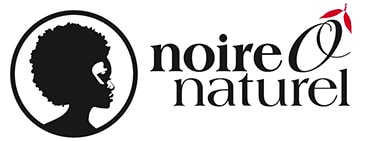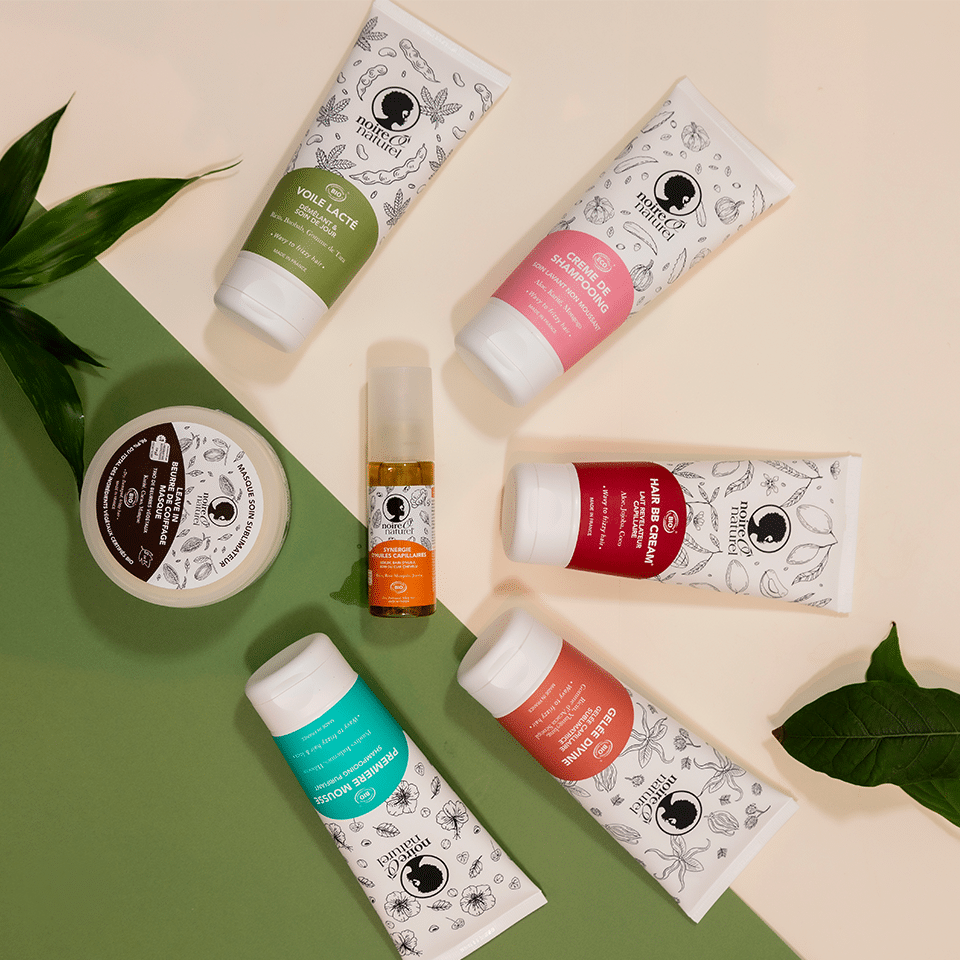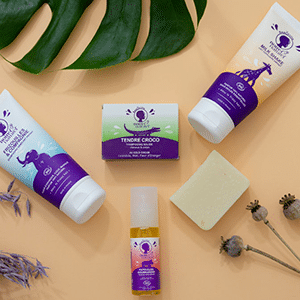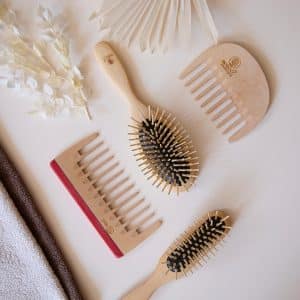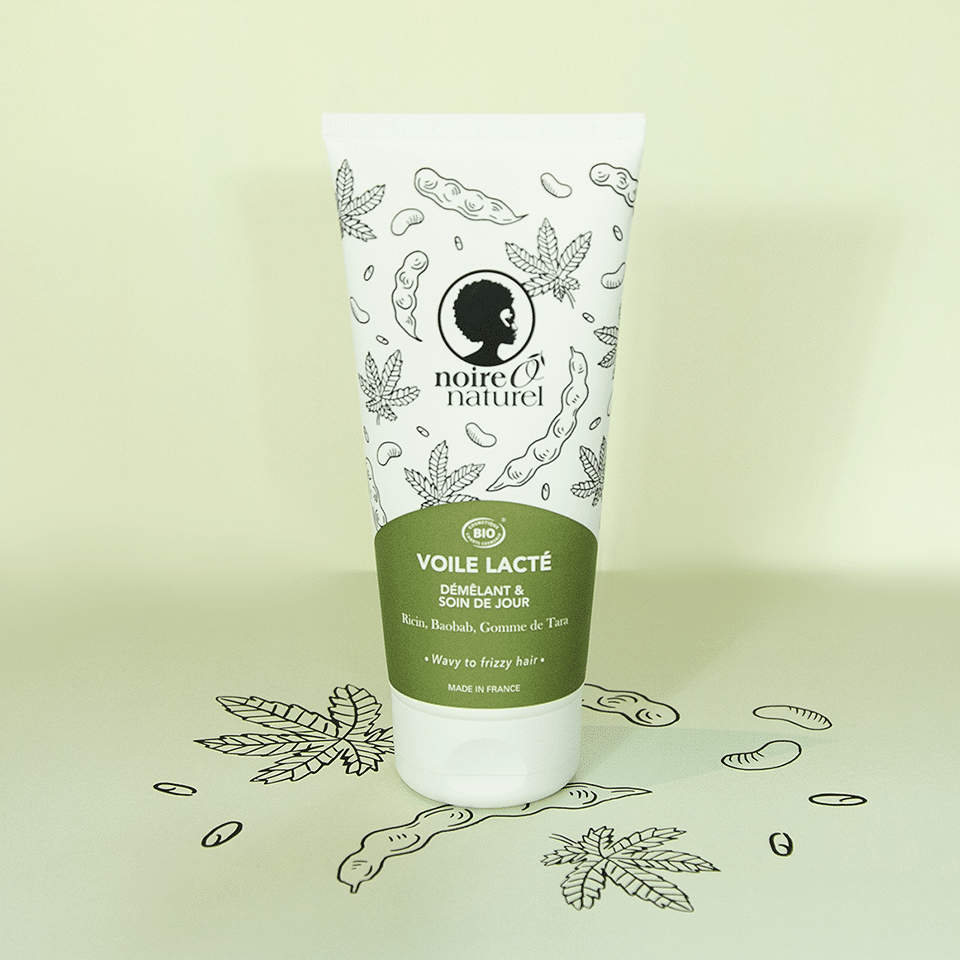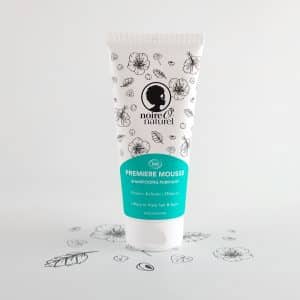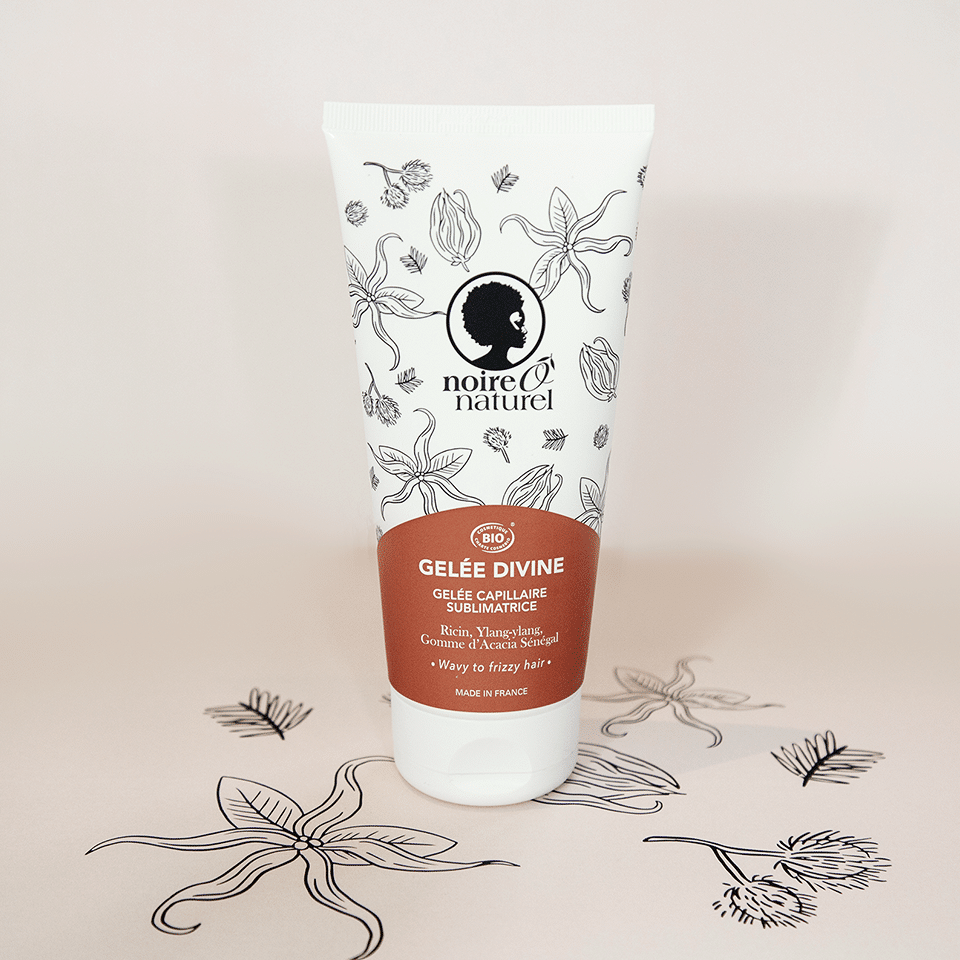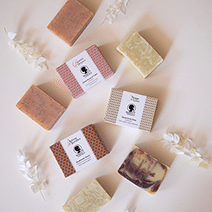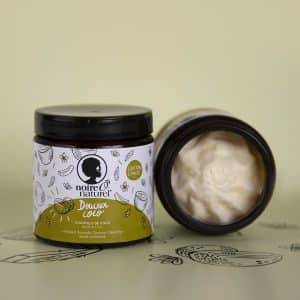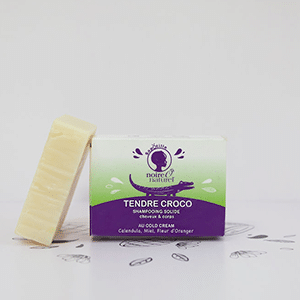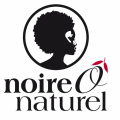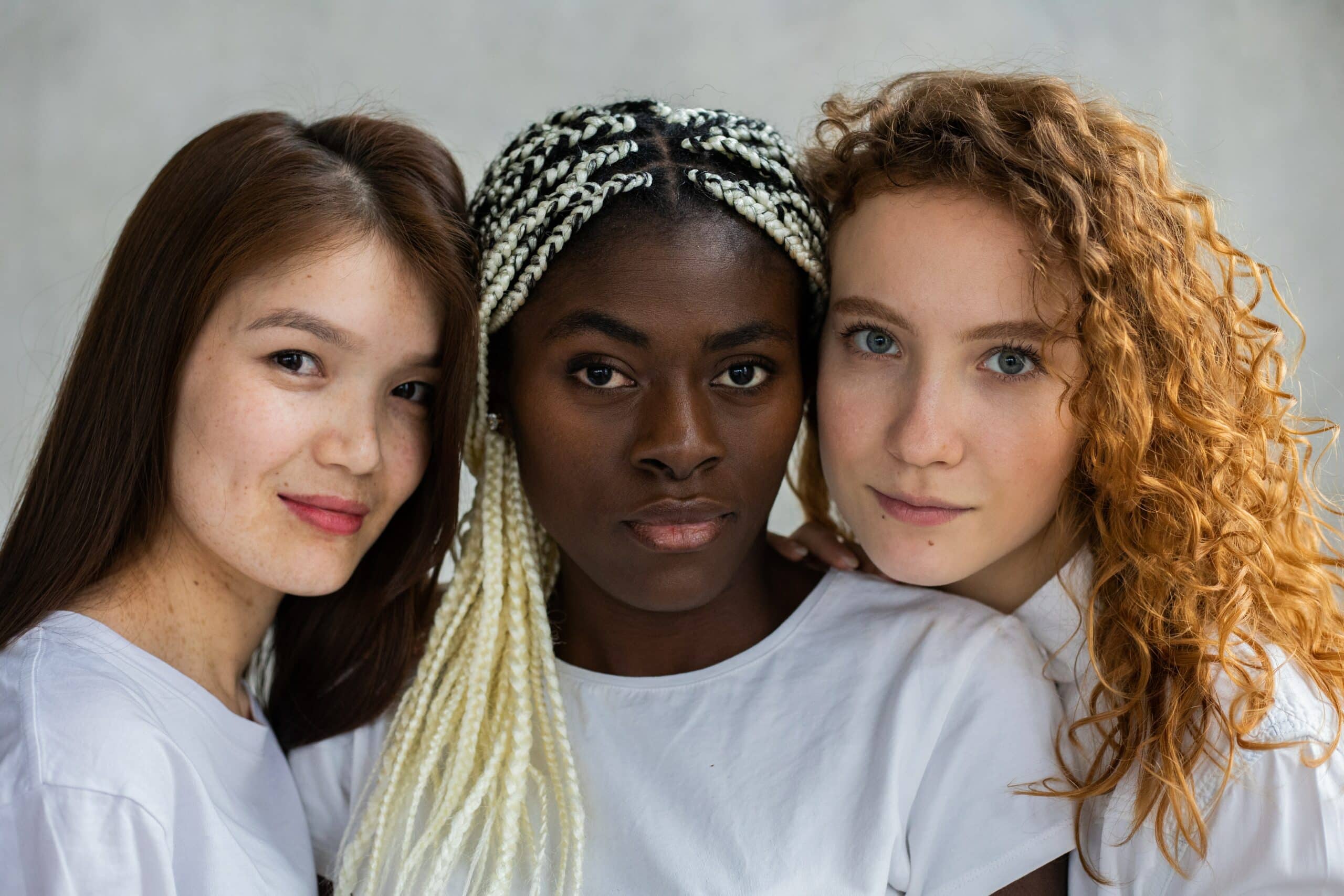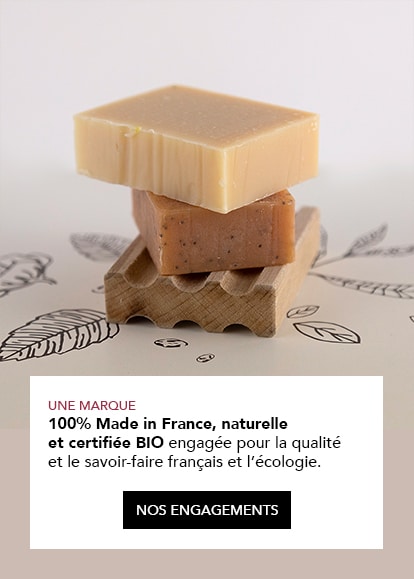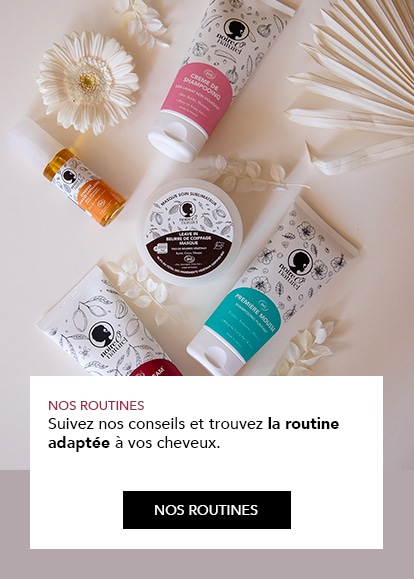Copyright photographie : Monstera Production
The diversity of hair textures is a wonderful feature of natural beauty. Curls come in a variety of shapes and sizes, and understanding your curl type can help you choose the right products and styling techniques.
Discover the different types of curls and learn to appreciate the uniqueness of your hair!
1. Hair Texture Classification:
The Hair Texture Classification is a scale commonly used to define different types of curl. This scale, created by André Walker, a famous African-American hairdresser, is generally divided into four main categories, each with several sub-categories.
Hair texture is identified by a number from 1 to 4:
1: straight hair
2: wavy hair
3: curly or frizzy hair
4: frizzy hair
Thickness is identified by a letter from a to c:
a: fine
b: medium thickness
c: very thick
2. Hair types:
Type 1: Straight

1A: Very fine hair
This type of hair is very fine and tends to tangle easily.
1B: Slightly thicker hair
1B hair is fine but has a little more hold than 1A hair.
1C: Thick hair
1C hair is thicker, often shinier and quite heavy.
Copyright photographie : DG Fotografo
Type 2 : Ripples
2A: Light waves
Type 2A hair has soft, loose waves that resemble ocean waves.
2B: Defined waves
Type 2B hair has more pronounced, defined waves with a little more volume.
2C: Tight waves
Hair type 2C has tighter waves and well-defined S-shaped curls.

Copyright photographie : Megan Ruth
Type 3 : Curls

3A: Large Curls
Hair type 3A has wide, well-defined curls that resemble loose springs.
3B: Defined Curls
Type 3B hair has tighter, more defined curls, often in the shape of more pronounced springs.
3C: Tight Curls
Hair type 3C has tight, compact curls, creating a dense, voluminous texture.
Copyright photographie : Vincenzo Giove
Type 4 : Frizzy curls
4A: Twisted Curls
Hair type 4A has tight, twisted curls, forming zigzag patterns.
4B: Z-curls
Hair type 4B has more pronounced Z-shaped curls, with less spiral definition.
4C: Frizzy Curls
Hair type 4C has very tight, frizzy curls, forming more compact zigzag patterns.
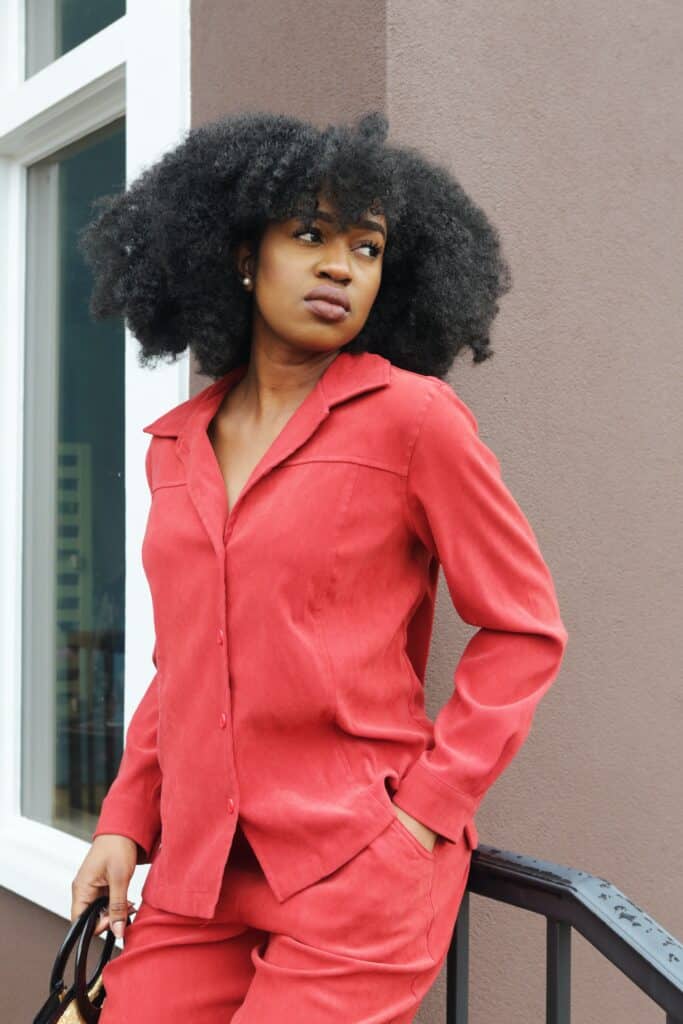
Copyright photographie : Ogo
3. Learn how to care for each type:
Each curl type requires specific care to stay healthy and beautiful. Type 2 hair can be more prone to frizz and can benefit from regular moisturising. Hair type 3 needs styling products that define curls without weighing them down. Type 4 hair needs intensive moisturising to prevent dryness and breakage.
But don’t base your choices solely on this classification! It’s possible to have several types of hair on your head, and every head of hair is unique. Just because frizzy hair tends to be dry doesn’t mean it can’t also be supple! The best way to choose your hair care products is to try a few different things until you find something that suits you.
4. Celebrate Your Natural Texture:
Whatever type of curl you have, it’s important to celebrate and embrace your natural texture. Each type of curl is beautiful in its own unique way, and the key is acceptance and proper care. Invest in quality products designed for your hair type and experiment with different styling methods to find out what works best for you.

Copyright photographie : Vincezo Giove
The diversity of hair types is a wonderful expression of human beauty. Getting to know your curl type will help you choose the products and treatments that best suit your needs. Celebrate your curls, cherish them and enjoy experimenting with different styles to enhance the natural splendour of your mane!
What are the avantage of organic products for your textured hair ? More information here.
